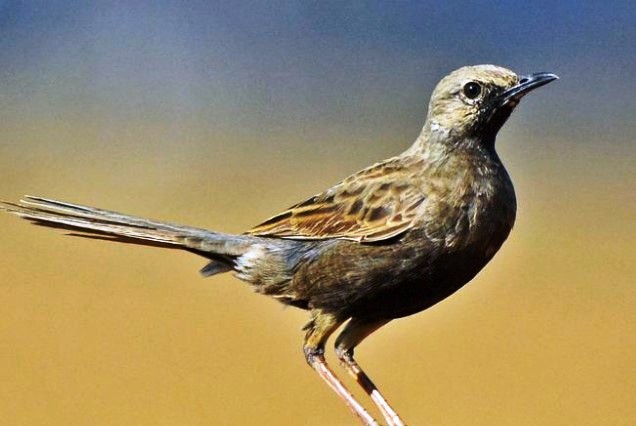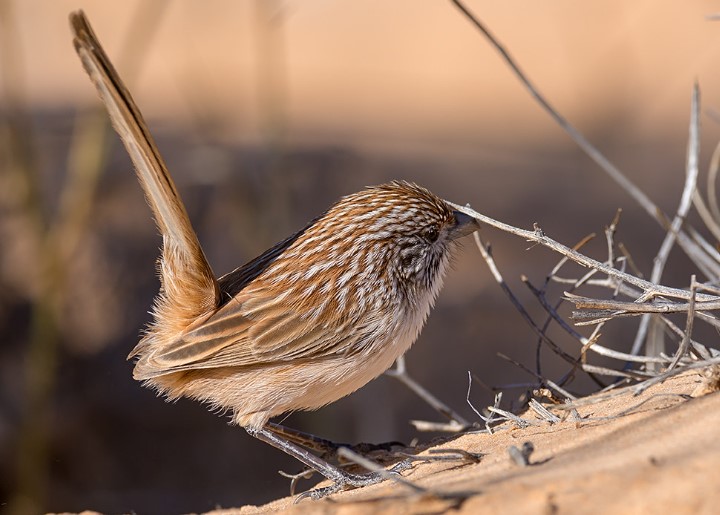Brown Songlark (Cincloramphus cruralis) is a small passerine bird found on treeless grass plains and saltbush shrub steppes inland.
This bird is also known as the black-breasted songlark, Harvest Bird, Australian songlark, and brown singing lark. The size of a brown songlark male is about 240–250 mm, and females are 180–190 mm in length. The call of Brown Songlark is infrequent chattering notes. The song consists of a loud, ringing metallic grinding reel, skit-scotch-wheeler, repeated by a male in song-flight and from perch; tick-tock-tick-tock clucks as he descends. The brown songlark belongs to the family Locustellidae.
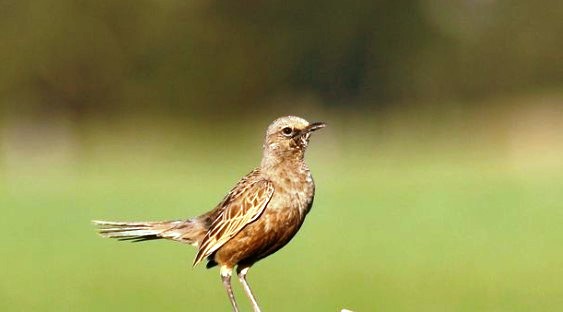
Desert nomads, Brown Songlarks follow the rains in the Australian arid zone before migrating south to breed in the spring. The bird nests in crops across the southern wheat belt in August and September, but in late summer it moves back across central Australia. Breeding is limited north of the Tropic of Capricorn. At night, the Brown Songlark roosts under shrubs and feeds on the ground.
As they glean food in the daytime, they walk and run silently among grass and shrubbery. Grasshoppers, beetles, and caterpillars, as well as seeds, are the main food sources for brown song-larks. Their closed tails angulated as they dived for landing and dashed from point to point with low, slow undulations just above shrubs and grass.
When they are not breeding, they tend to be solitary. With Rufous Songlarks, males defend their breeding territories with songflights by day, while females quietly build nests, incubate eggs, and rear their young. Males flutter up obliquely from a post or the ground, legs dangling. They grind out their song as they level off, circle a little, and then descend, clucking, with wings up.
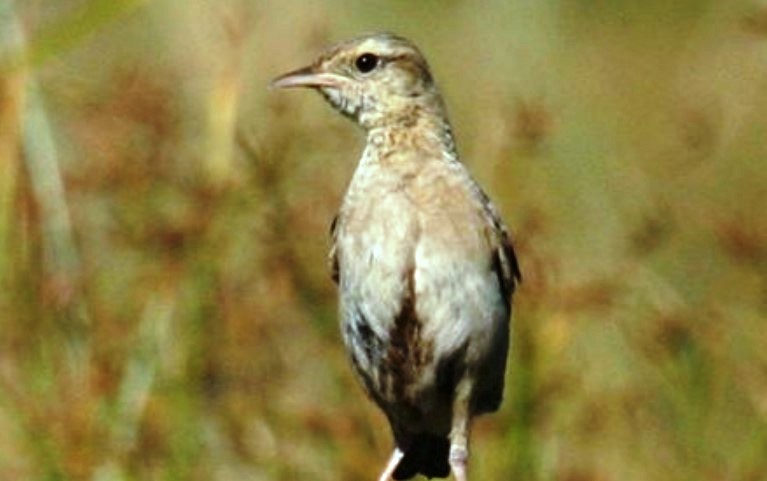
They land either on a post or the ground; if on a perch, they may continue to sing, tail cocked like a wren’s. Nesting and breeding months occur usually between September-February. Nest in an open cup of grasses and plant material; on the ground hidden under grass tussocks or among crops.
The male breeding plumage, upper parts, wings, and tail are mid-brown, mottled dusky on the back. Lores black. Underparts are plain dusky brown, darker on the throat and belly. Eyes are brown along with the black bill. The feet are pink-brown.
In nonbreeding plumage, the upper parts are cinnamon-brown flecked dusky; wings and tail dusky edged tawny; the lores tawny; the underparts are tawny-brown, with heavy dusky mottling on the belly and often throat. Bill is grey-brown, paler below. Moreover, the female is a non-breeding male, but sandier with less dusky ventrally. The immature is like a female.
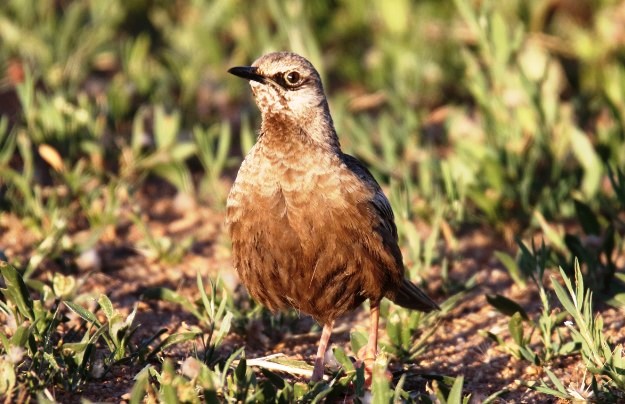
Brown Songlark lays 3 to 4 eggs, which are pale pink covered all over with numerous freckles of red-brown, particularly at the larger end. The eggs are long-oval in shape, about 23 x 17mm. Incubation is entirely responsible for females.
After three weeks of hatching, male chicks are extensively heavier than the females due to heavier food provided by them their parents. Snakes and foxes are major predators. As far as distribution Brown Songlark is sound at saltbush plains, treeless plains, and lightly timbered grasslands over the southern and inland mainland. So far there is no race.
Read More – Magpie-lark – The Unsung Heroes of Urban Birding
